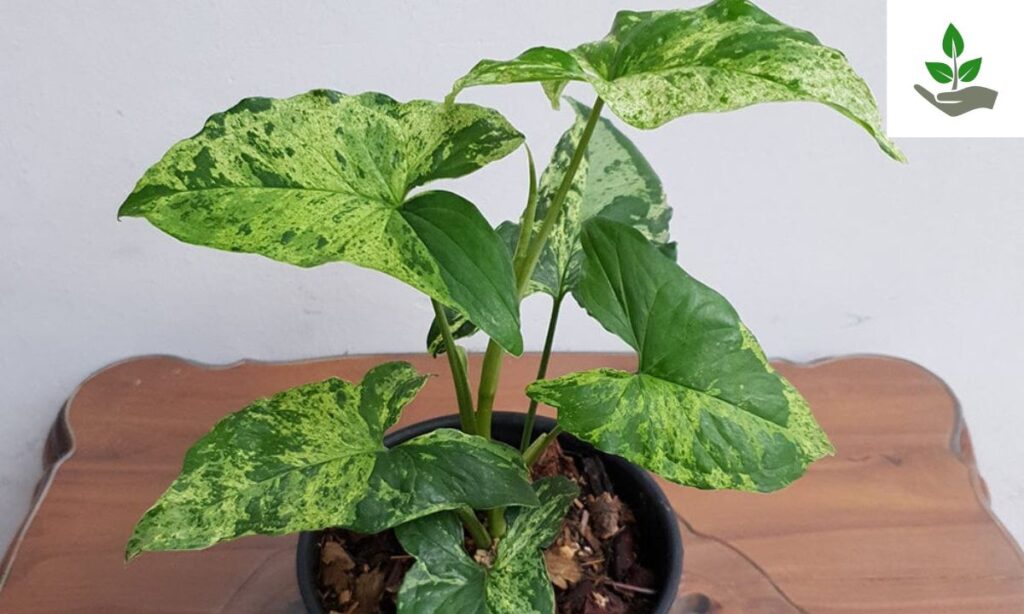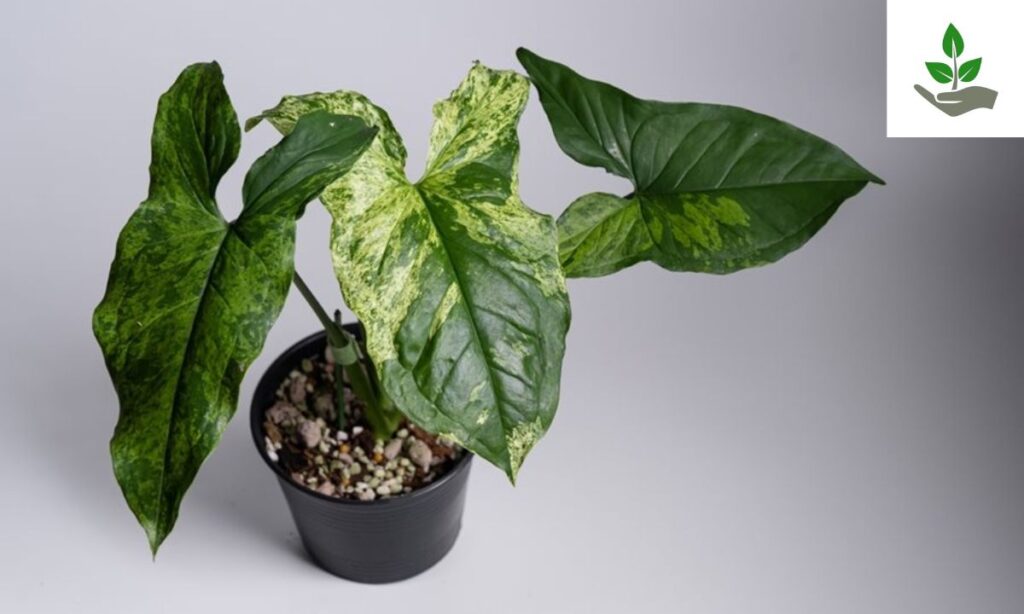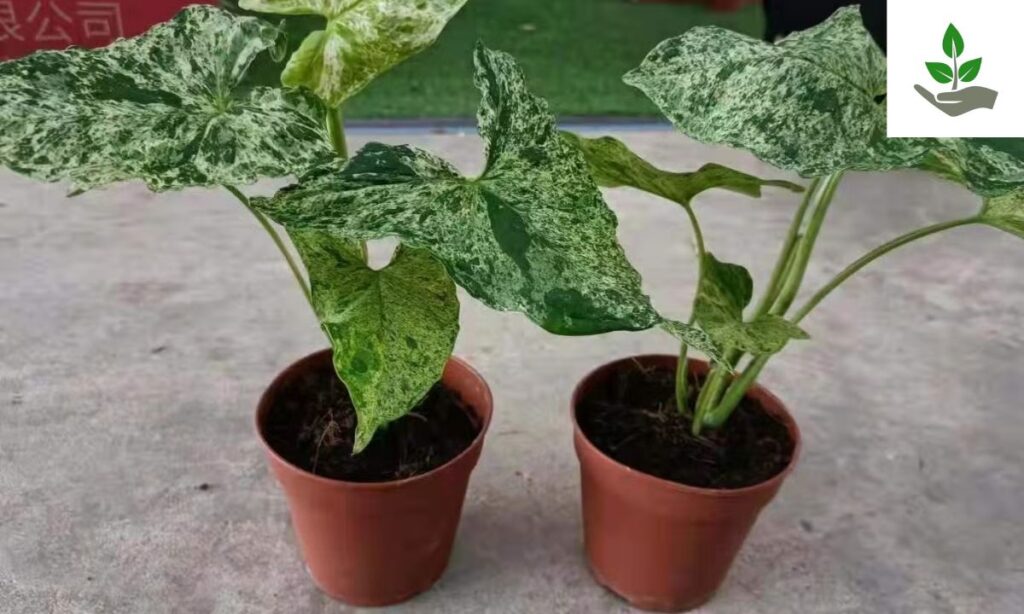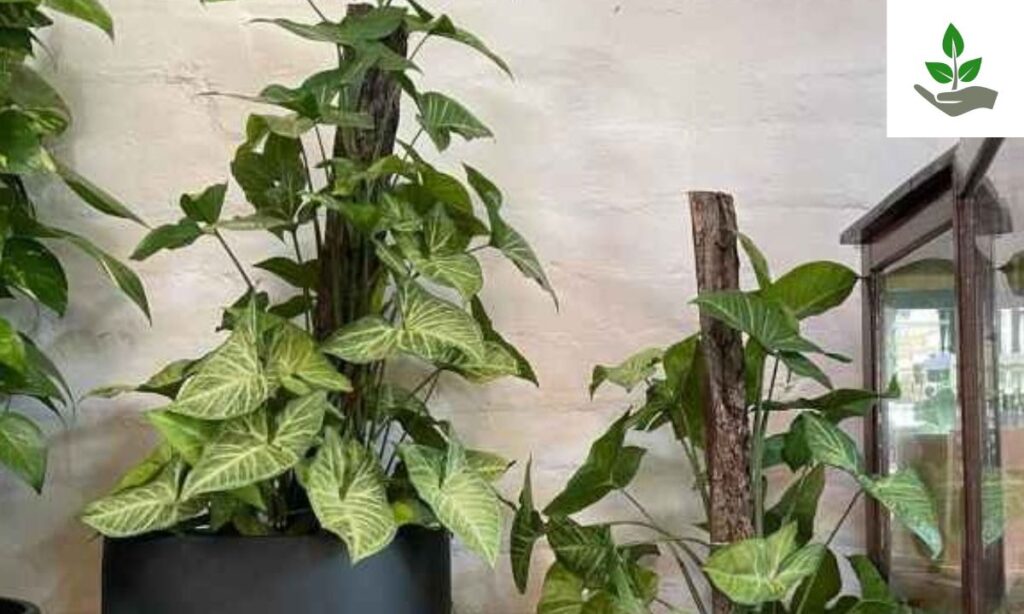Syngonium Mojito Care, Seeds, Planting and Growing
It’s plundered the hearts of gardeners everywhere with its stunning variegated foliage that reflects the refreshing colors of its namesake drink. This showy tropical houseplant features striking arrow shaped leaves with creamy white and bright green highlights,
So it’s guaranteed to be a showstopper in any indoor garden. Syngonium Mojito Care might frighten novices, but this stunning climber is really quite easygoing and forgiving of many various home conditions.
What is Syngonium Mojito?
It’s a lovely variegated version of the popular podophyllum, or Arrowhead Plant. The house plant in its tropical habitat earns its cocktail inspired name from the distinctive leaves featuring an adorable mix of creamy white and bright green variegation that’s much like the bright mint and lime colors of a classic mojito cocktail.

This Central and South American native climber vine has arrowhead-shaped leaves that are initially small but increasingly more pronounced as the plant matures. Mojito is a favorite among plant collectors because of its stunning looks
Syngonium Mojito History
It is a fairly new entrant into the world of houseplants, a product of the contemporary development of variegated varieties that started appearing in the 2010s and 2020s. Although the parent podophyllum has long been grown as a houseplant, dating back to the mid 20th century.
The Mojito variety was a product of selective breeding programs aimed at creating stable variegation. This cultivar was probably developed using tissue culture propagation methods that enabled growers to copy and stabilize the unique cream and green marbling that leads the plant to be named after a cocktail.
Syngonium Mojito Seeds
Syngonium Mojito seed is very rare and not sold commercially, since this variegated cultivar is usually multiplied by vegetative means such as cutting rather than seed propagation. As with all variegated plants, the Syngonium Mojito’s unique cream and green markings are the byproduct of unstable genetic mutations when they are propagated from seed.

So seedlings would most likely be solid green and lose the desired variegation characteristic of this cultivar. Also, Syngonium plants indoors hardly produce flowers or fertile seeds because they need special tropical conditions and maturity that are hard to obtain in domestic settings.
Syngonium Mojito Planting and Growing
It’s easy once you give them the proper basis for success. Select a well draining potting mix by mixing houseplant soil with perlite or orchid bark in order to achieve the good aeration because these plants prefer slightly damp but never waterlogged conditions.
When you plant, plant in a pot with holes in it that is roughly the correct size for your plant’s root system, with room to grow without being too large. Put your Mojito in indirect but bright light in a position where it will see constant light but not strong direct sunlight that will burn its delicate variegated leaves.
Syngonium Mojito Care
Syngonium Mojito maintenance is all about providing a well balanced environment that replicates its tropical heritage and keeps the plant’s gorgeous variegation. This gorgeous indoor plant grows well in bright indirect light that maintains its cream and green designs without causing leaf scorch and needs constant water through frequent watering when the soil in the top inch becomes dry.

Keep humidity at 50-60% with the aid of a humidifier pebble tray or standard misting to promote healthy foliage and avoid browning tips. Feed your Syngonium Mojito with a balanced, diluted liquid fertilizer every 2-4 weeks when it is actively growing to encourage abundant growth and rich coloration.
Syngonium Mojito User and Benefits
- Indoor decoration as a tabletop or hanging plant
- Climbing specimen when provided with moss poles or trellises
- Air purification in living spaces and offices
- Featured plant in plant collections and Instagram displays
- Terrarium centerpiece for larger glass containers
- Gift plant for houseplant enthusiasts
- Natural air purifier that removes common household toxins
- Low-maintenance care requirements suitable for beginners
- Adaptable growth habit works in various home environments
- Stunning variegated foliage adds visual interest year-round
- Fast growing nature provides quick gratification
- Easy propagation allows for sharing and expanding collections
- Compact size fits well in small living spaces
- Drought-tolerant once established, forgiving of occasional neglect
- Non-dormant growth provides consistent beauty throughout seasons
- Therapeutic benefits through plant care and connection with nature
Syngonium Mojito Fun Fact
- Named after the popular Cuban cocktail due to its refreshing mint-green and cream coloration that resembles mojito ingredients
- Can transform from a bushy tabletop plant into a dramatic climbing vine reaching 3-6 feet indoors
- Leaves actually change shape as the plant matures, starting as simple arrows and developing into more complex lobed patterns
- Originally hails from the rainforests of Central and South America where it climbs trees in the wild
- Part of the Araceae family making it a cousin to popular plants like pothos, monstera, and philodendrons

- The variegation patterns are completely unique on each leaf like plant fingerprints
- Can be propagated in water so easily that cuttings often root within just a few days
- Produces aerial roots that help it climb and can even absorb moisture from the air
- Young plants look completely different from mature specimens often surprising new plant parents
- The cream colored portions of leaves contain less chlorophyll making them more sensitive to light conditions
- In perfect conditions mature plants can produce small inconspicuous flowers though this rarely happens indoors
- The plant can live for decades with proper care becoming a long term companion
- Social media has dubbed it one of the most Instagrammable houseplants due to its photogenic qualities
Reade More Post: Pellionia Care, Seeds, Planting and Growing
Conclusion
Syngonium Mojito Care is the key to having one of the most aesthetically pleasing and rewarding houseplants on the market today. With its tolerance and gorgeous look, this tropical gem teaches.
That great plants don’t necessarily need expert level care. By learning the right care regimen for light, watering, humidity, and feeding, you’ll be treated to lush, mottled leaves that continue to grow and climb along your home.
FAQs
How often should I water my Syngonium Mojito?
Water your Syngonium Mojito when the top inch of soil feels dry, typically every 5-7 days during the growing season. Reduce watering frequency in winter to prevent root rot while maintaining consistent moisture levels.
2. What kind of light does Syngonium Mojito need?
Syngonium Mojito thrives in bright, indirect light that preserves its beautiful variegation without scorching the leaves. Avoid direct sunlight which can fade the cream portions and cause leaf burn.
3. Why is my Syngonium Mojito losing its variegation?
Loss of variegation in Syngonium Mojito typically indicates insufficient light or excessive nitrogen fertilizer. Move your plant to a brighter location with indirect light and reduce feeding frequency.







